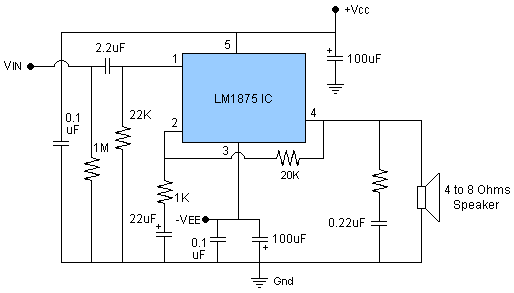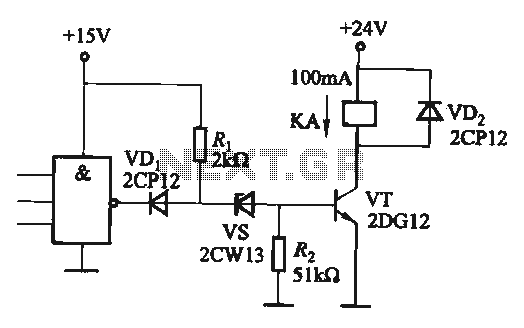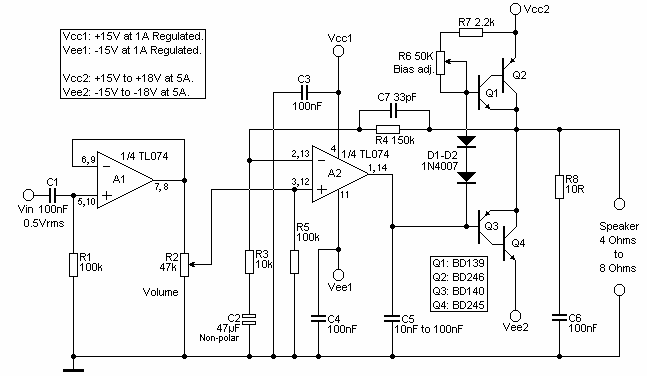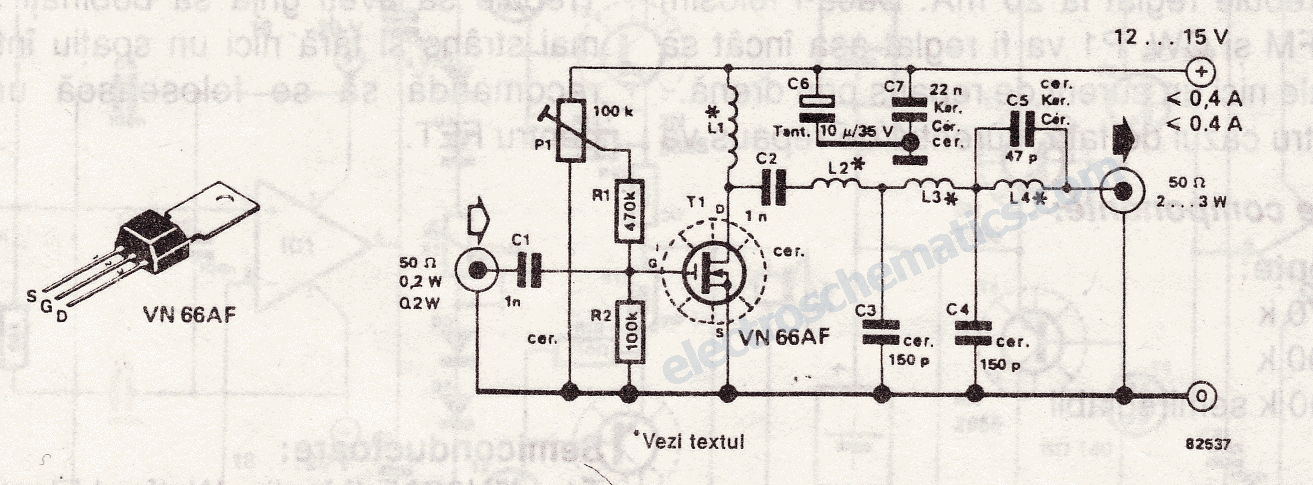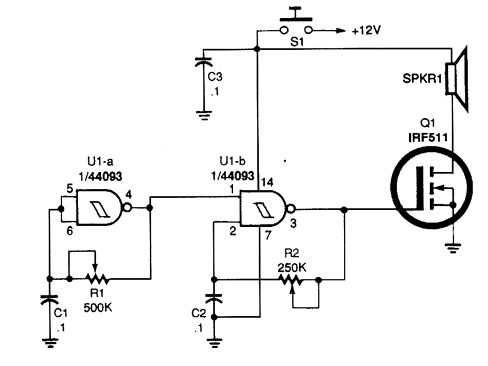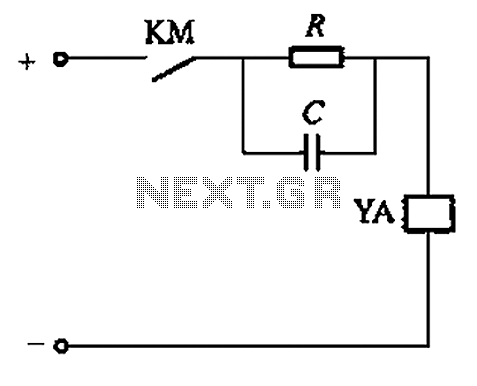
Offset controlled stereo amplifier circuit

This stereo amplifier utilizes the NE5517/A and features an excellent tracking accuracy of 0.3 dB, which is typical. The offset can be adjusted using the potentiometer, Rp. For AC-coupled amplifiers, the potentiometer can be substituted with two 5.1 k ohm resistors.
The stereo amplifier circuit based on the NE5517/A operational amplifier is designed to provide high-fidelity audio amplification with minimal distortion. The NE5517/A is a dual operational amplifier that offers excellent tracking performance, ensuring that the output signal closely follows the input signal with a typical deviation of only 0.3 dB. This characteristic is crucial for maintaining audio quality, particularly in stereo applications where channel balance is essential.
The circuit configuration allows for offset adjustment through a potentiometer, denoted as Rp. This feature enables users to fine-tune the output signal to eliminate any DC offset that may arise from the input source or other components in the signal chain. Adjusting the offset is critical for preserving the integrity of the audio signal and preventing unwanted distortion or clipping.
In scenarios where AC coupling is employed, the potentiometer can be replaced with two resistors of 5.1 k ohm each. This substitution is beneficial for simplifying the circuit while still achieving the desired performance characteristics. The use of resistors instead of a potentiometer can enhance reliability by reducing mechanical components that may wear over time.
The overall design of the stereo amplifier emphasizes low noise and high linearity, making it suitable for a wide range of audio applications, from home audio systems to professional sound reinforcement. The careful selection of components and the configuration of the NE5517/A ensure that the amplifier delivers a clean, powerful output, making it an excellent choice for audio enthusiasts and professionals alike.This stereo amplifier use the NE5517/A and has an excellent tracking of 0.3 dB typical easy. With the potentiometer, Rp, the offset can be adjusted. For AC-coupled amplifiers, the knob can be replaced by two resistors 5.1 k ohm.
The stereo amplifier circuit based on the NE5517/A operational amplifier is designed to provide high-fidelity audio amplification with minimal distortion. The NE5517/A is a dual operational amplifier that offers excellent tracking performance, ensuring that the output signal closely follows the input signal with a typical deviation of only 0.3 dB. This characteristic is crucial for maintaining audio quality, particularly in stereo applications where channel balance is essential.
The circuit configuration allows for offset adjustment through a potentiometer, denoted as Rp. This feature enables users to fine-tune the output signal to eliminate any DC offset that may arise from the input source or other components in the signal chain. Adjusting the offset is critical for preserving the integrity of the audio signal and preventing unwanted distortion or clipping.
In scenarios where AC coupling is employed, the potentiometer can be replaced with two resistors of 5.1 k ohm each. This substitution is beneficial for simplifying the circuit while still achieving the desired performance characteristics. The use of resistors instead of a potentiometer can enhance reliability by reducing mechanical components that may wear over time.
The overall design of the stereo amplifier emphasizes low noise and high linearity, making it suitable for a wide range of audio applications, from home audio systems to professional sound reinforcement. The careful selection of components and the configuration of the NE5517/A ensure that the amplifier delivers a clean, powerful output, making it an excellent choice for audio enthusiasts and professionals alike.This stereo amplifier use the NE5517/A and has an excellent tracking of 0.3 dB typical easy. With the potentiometer, Rp, the offset can be adjusted. For AC-coupled amplifiers, the knob can be replaced by two resistors 5.1 k ohm.
